William's story
Celebrating triumphs ♡ overcoming challenges
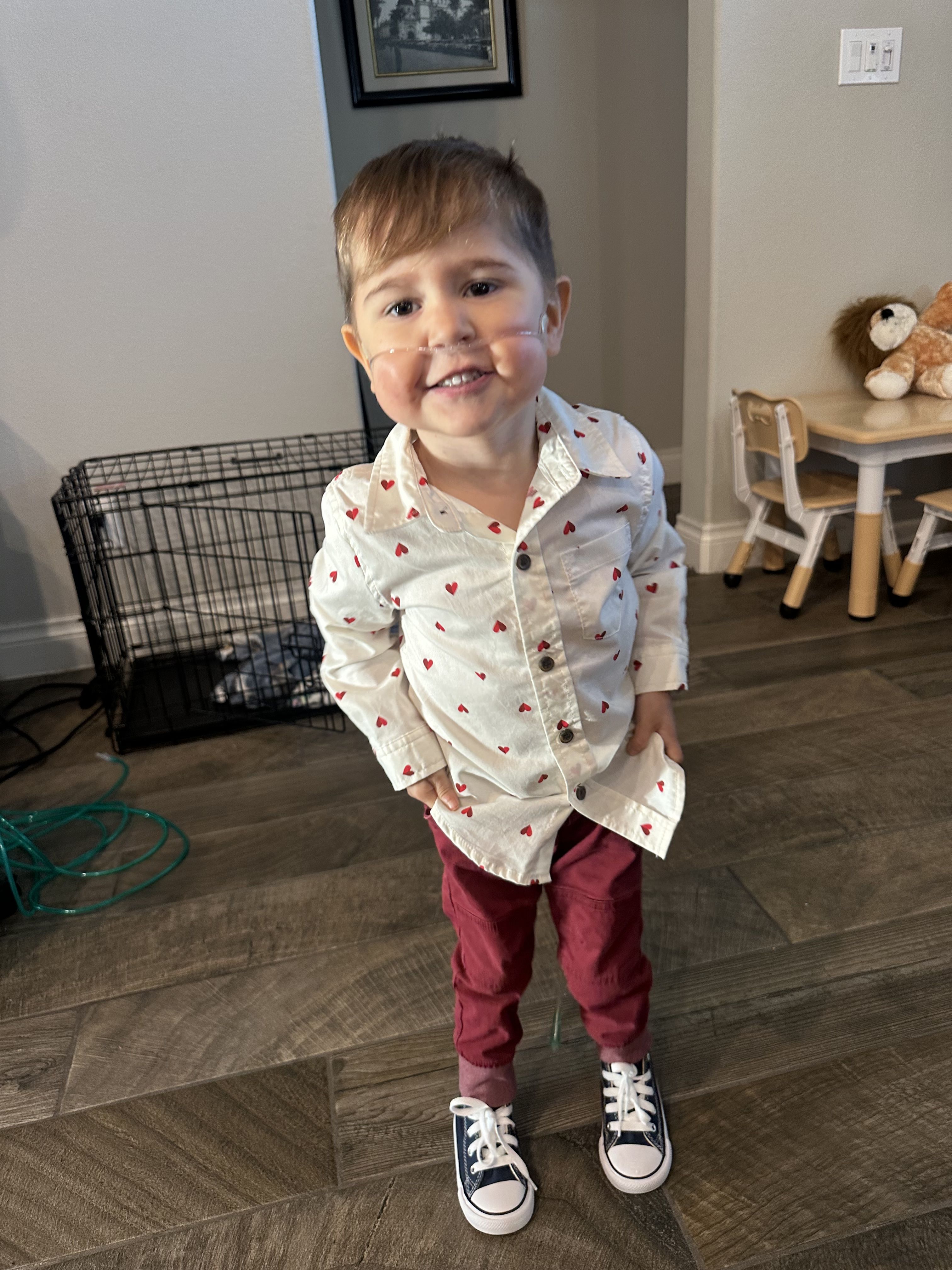

February 2024 marks the
60th
anniversary
of Heart Month in the United States.
Conquering February ♡
February is Heart Month in the United States, an ailment which impacts millions of people globally.
For Stephanie Cervantes, ICIS Senior Analyst, Houston, Heart Month took on a profound meaning in 2021, marking it as a time to celebrate her son's triumph over his congenital heart disorder.
William's journey, from a challenging start to becoming an active and happy child, symbolises the strength of those facing heart conditions and the support system you choose to have around you.
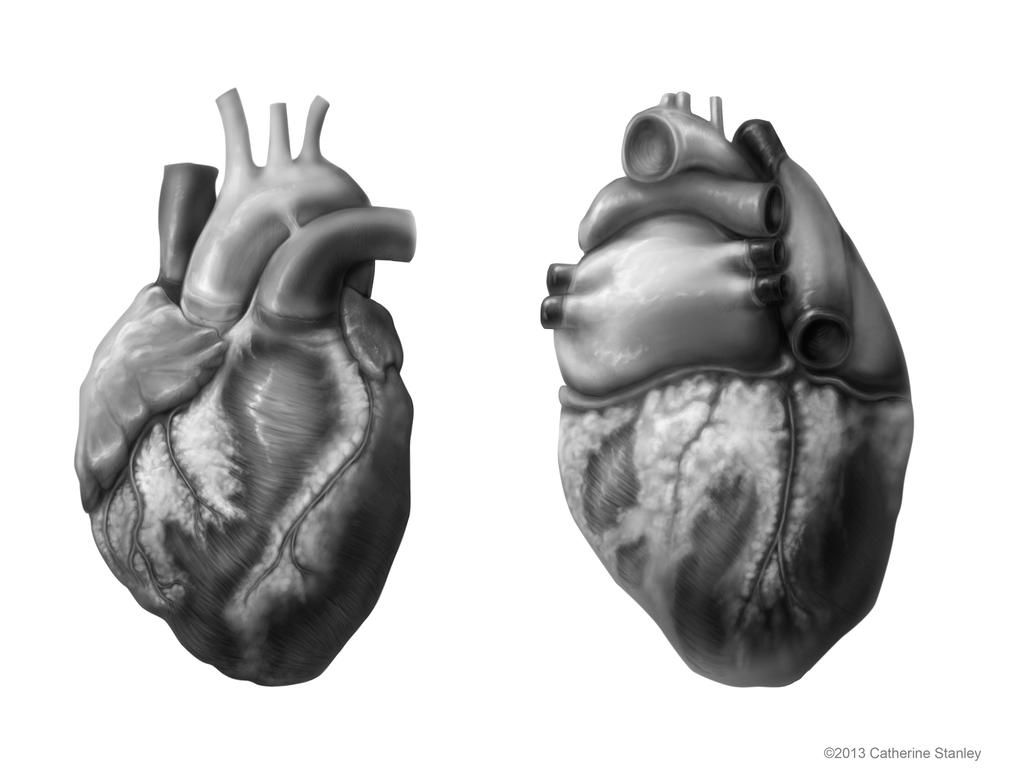

William the warrior
In June 2020, Stephanie and her husband Justin received the long-awaited news that Stephanie was expecting. As older parents, Stephanie and Justin’s overwhelming joy was also coupled with the acknowledgement that they could potentially face additional challenges.
From the outset, Stephanie underwent early scans and took every precaution to ensure a healthy pregnancy. All early signs indicated everything was normal and they could breathe a sigh of relief. However, at 20 weeks, Stephanie’s scans identified some concerns.
Stephanie and Justin were informed that their son, who they would call William, was suffering with congenital diaphragmatic hernia (CDH).
CDH, is a condition characterised by a hole in the diaphragm, affecting only 1 in 2500 children in the UK.
After undergoing further tests, William was also diagnosed with Tetralogy of Fallot (TOF), a congenital heart condition consisting of four related heart defects that commonly occur together, but most significantly including a large hole between the right and left ventricles.
Fortunately, although rare and serious, both conditions could be treated through surgery pending a successful delivery.
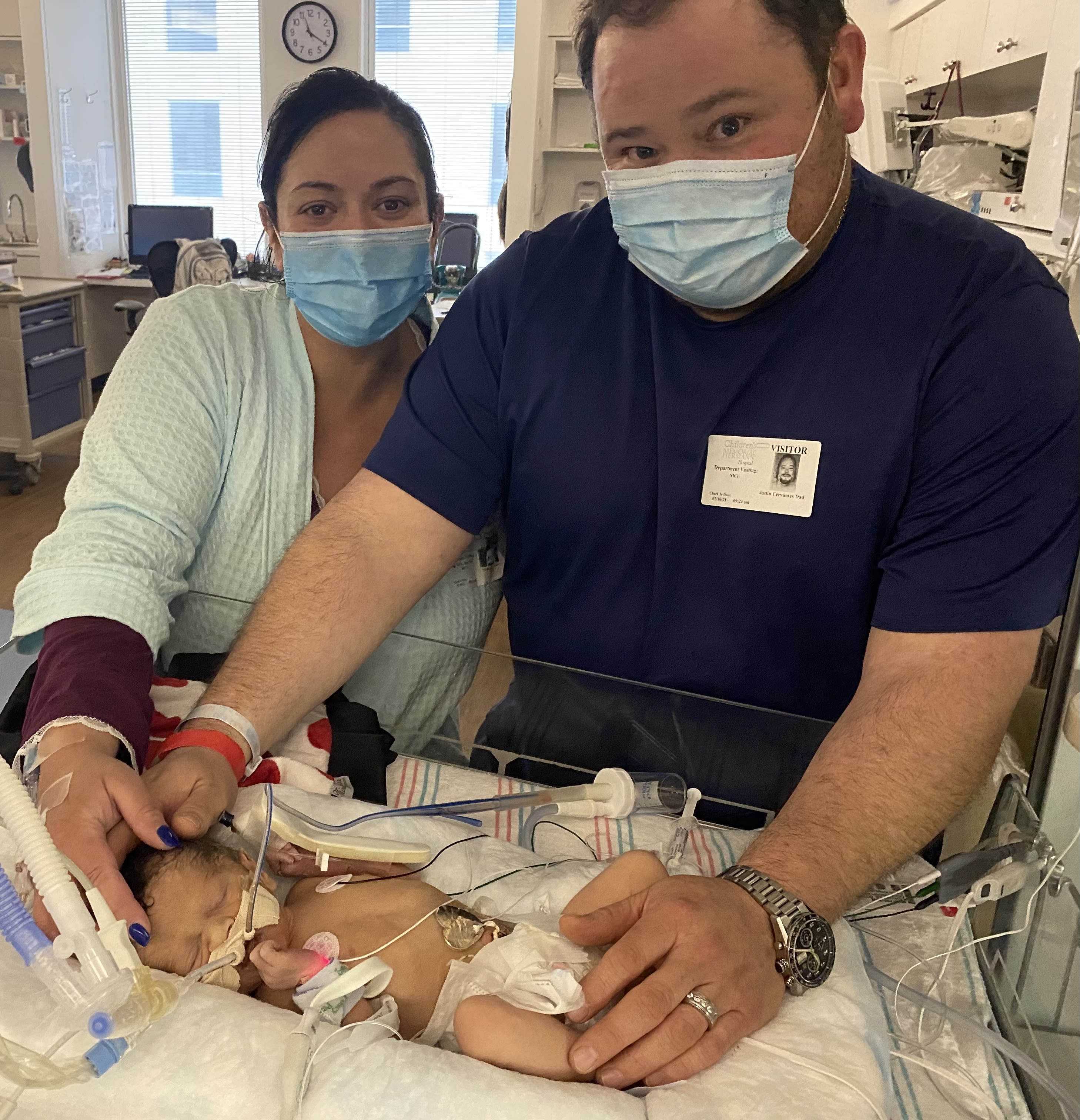
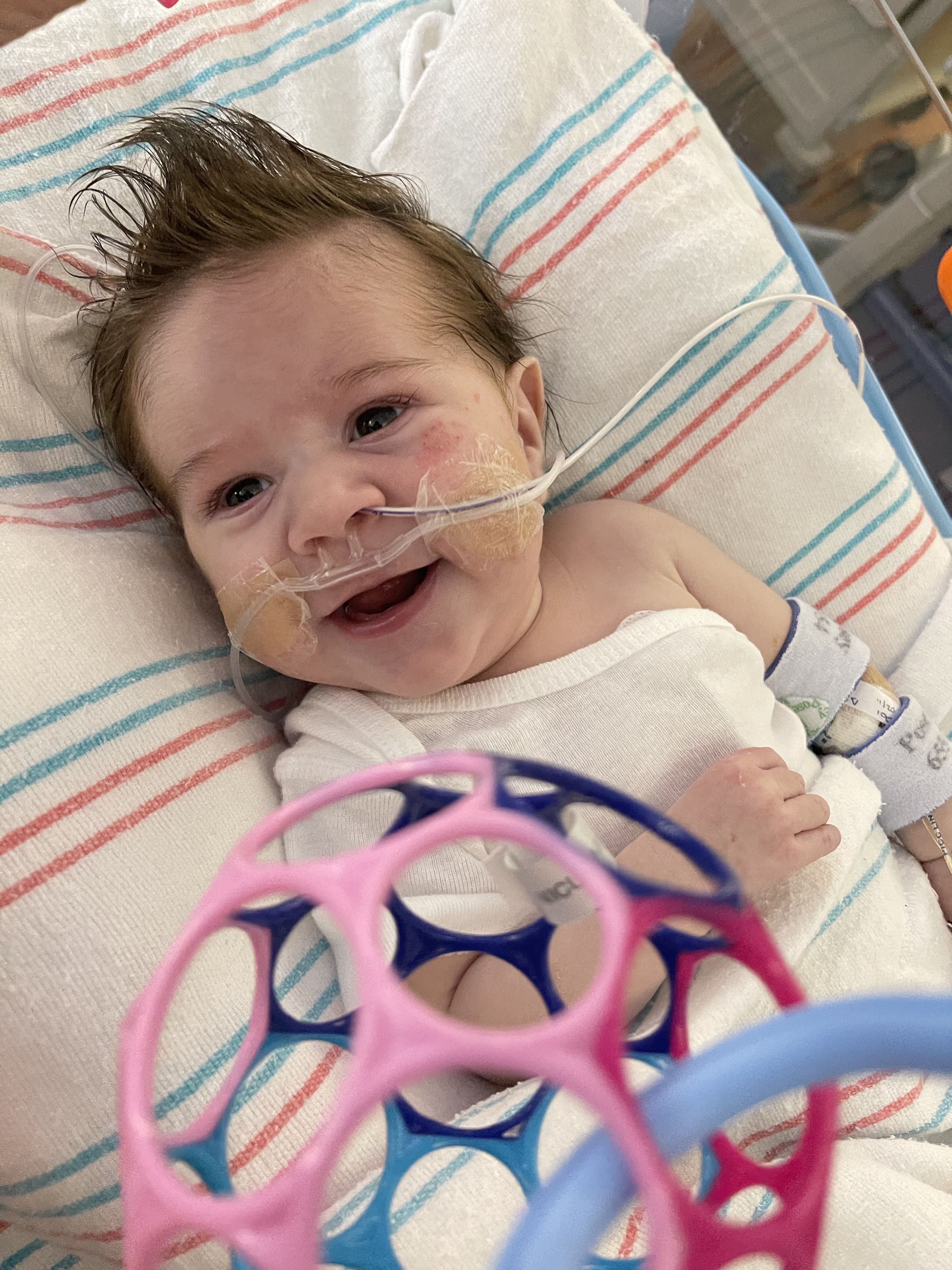
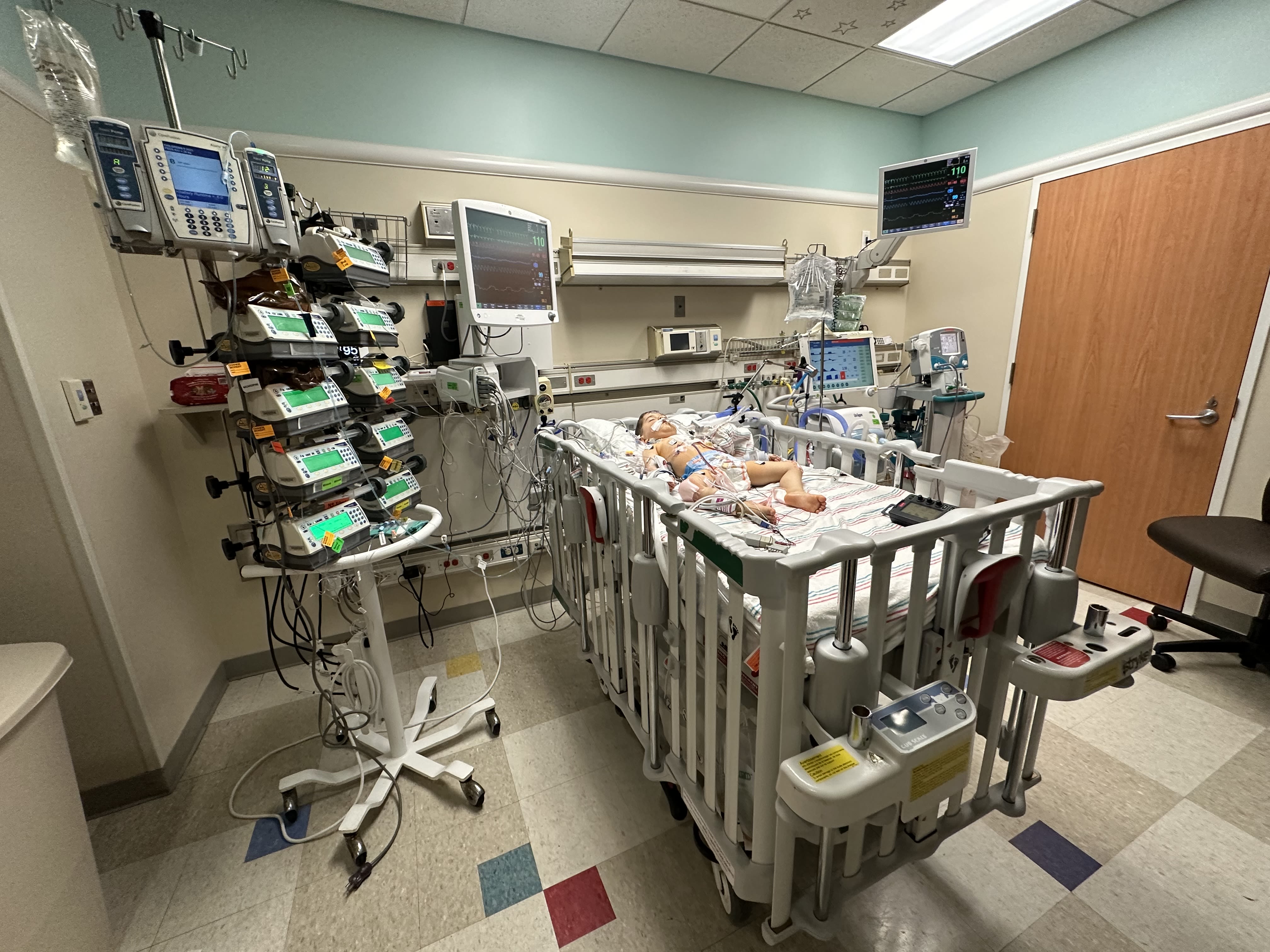
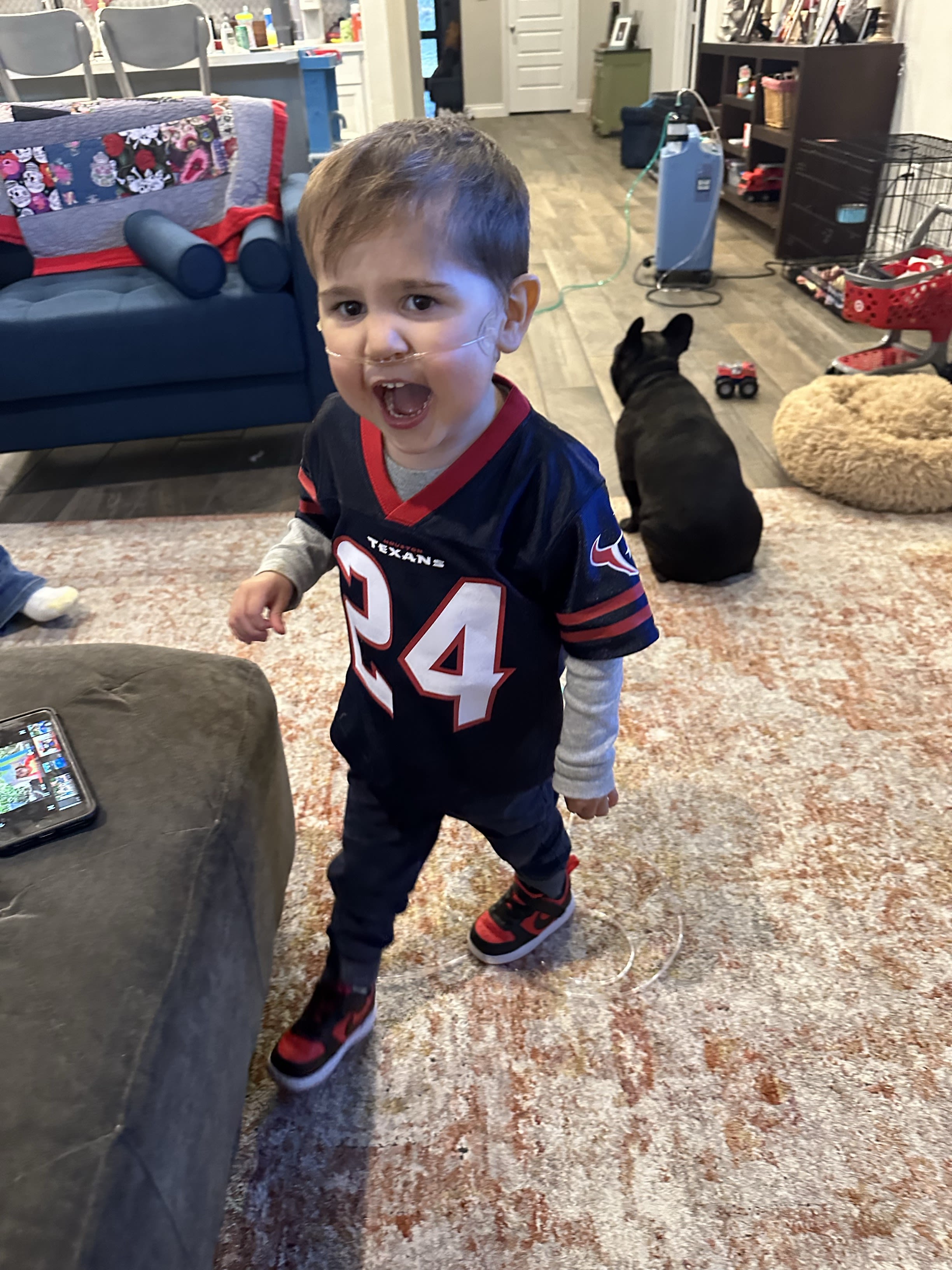
The first surgery, for William’s CDH took place only two days after William was born and a subsequent surgery to repair William’s TOF at two months old.
“They use all these buzzwords, you know, like warrior and fighter but when you see how much they go through to get to where they are right now, and you think, wow, he is a warrior. William is now extremely active, and he's got a very strong personality, he doesn't hide any emotions whatsoever, so to see where he was and how far he has come, his journey, Heart Month kind of makes us reminds us to celebrate his triumph.”
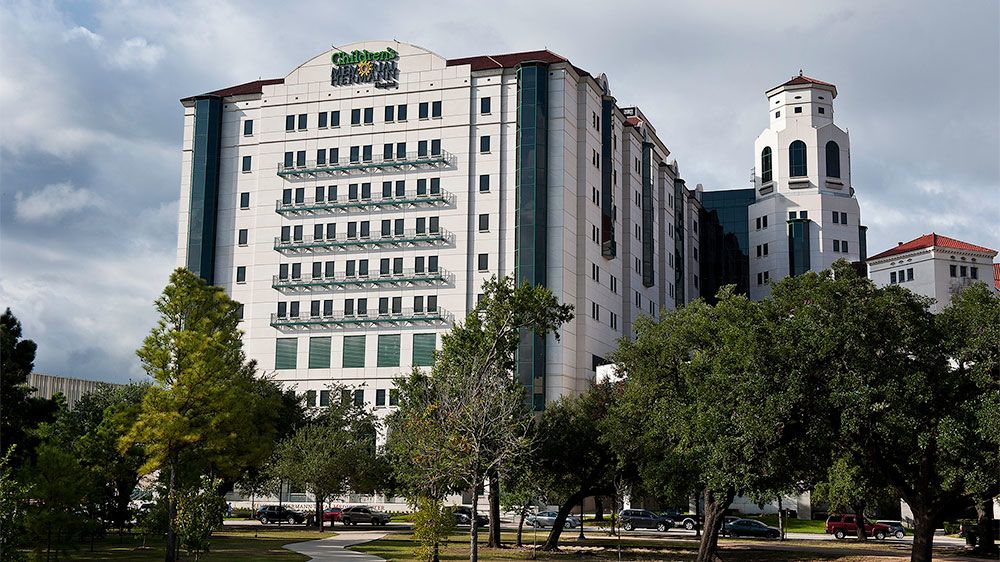

The power of purpose
William's story reminds us of the real-world impact we have at ICIS. From our data and insight, thousands of decisions are made, which as a result further down the value chain, helps pivotal inventions and innovations that many of us utilise in our everyday lives.
“It's easy to get wrapped up into the day to day of the analytics and intelligence we’re providing to customers and forget that what we do touches billions of people lives daily. PVC, PP, PE and other chemicals are primary materials in the manufacturing of medical plastic devices that hospitals and medical professionals are reliant on for almost everything they do.”
The invention of the heart catheter has changed the way doctors treat blocked arteries. What once required an invasive procedure, such as open-heart surgery with subsequent recovery time, including weeks and months in the hospital, is now done through a lesser invasive surgery, reducing the recovery time, blood loss, and risk of infections and complications.
As the conversation unfolded, Stephanie recounted her experiences within the CDH community, emphasising the emotional support, practical assistance, and shared understanding among parents facing similar situations. The support groups played a crucial role during William's journey, providing comfort during challenging times.
"Tiny Hero," one of the most popular CDH support groups sent a thoughtful care package just before William's birth, including a blanket with Stephanie's scent to comfort William in the NICU. This support touched Stephanie deeply and helped her navigate the challenges ahead.
25%
of babies who are born with CDH, have a critical form and will require an intervention, such as surgery, during their first year of life.
https://www.valleychildrens.org/heart/american-heart-month
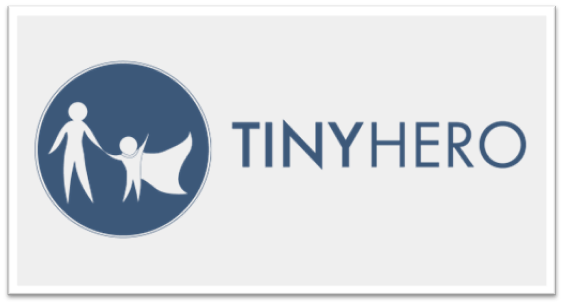
She acknowledges, that the support group also made her realise how different the condition is for everyone and the unique experiences of each individual as they navigate their own journey.
“The CDH support group was so considerate and supportive, but it also made me aware how unique the condition is for each person, especially as I listened to some of the challenges and adverse outcomes some of these parents have endured. CDH is so rare that there are also not that many hospitals that specialise in this condition. I'm extremely fortunate in that there are only a few major CDH hospitals in the US and one happens to be in Houston close to where I live.”
Powering through
In addition to an already challenging time, Stephanie's pregnancy was during the Covid-19 pandemic.
“We were isolated too, so that was hard. I had my baby shower in our driveway and our guests drove by at a distance. Covid-19 precautions in the hospital were extremely strict too. Though, we were fortunate that on the day William was born, the rules changed which allowed both parents to visit.”
Beating the odds
Stephanie and Justin were given a 20-40% likelihood of survival before William was born – with significantly higher positive outcomes for managing the CDH and TOF following a successful birth. Stephanie expressed the initial shock and the challenges of navigating a new language within the medical community.
“We learned a whole new language. Even talking among other NICU moms we would be like ‘oh what were your blood gases today?’ We kind of just all become like a family in the NICU with a common understanding and language.”
Magnetic optimism
Stephanie exudes positivity while discussing the topic however, she is honest in acknowledging the rollercoaster of emotions her family have also experienced and continue to navigate.
“I mean, we went through a lot of highs and lows, you know, there were some setbacks and a lot of scary moments. Even just last year, William had Respiratory Syncytial Virus (RSV) and that was really scary. A lot of the time when babies end up with that, they are put on a ventilator. Thankfully, he was strong enough that he didn’t need a ventilator, but we were in the hospital for five days. What is a typical cold for most kids is devastating for us”
RSV a respiratory virus that affects the lungs and breathing passages
“A condition associated with CDH is one smaller lung. Everyone’s right lung is typically larger than their left lung, but in William’s case, his right lung will always be a little bit smaller, and his pulmonary arteries are not going to be as strong as others. Consequently, he has asthma and other factors that put him at risk for being slightly sicker for the rest of his life, but as he gets older, the risks will decrease.
Stronger together
At ICIS, we talk a lot about our purpose. A shared objective that empowers us to work together towards a common goal.
For Stephanie, her family and support system, this shared purpose was William’s health and how despite his condition they can give him the best quality of life.
Speaking about the support she received throughout their journey:
“I received so much compassion from people, the NICU moms, hospital staff, family and friends that truly made the world of a difference while going through all of this. I also realised what an eternal optimist my husband is, he really pulled through for us. While I was apprehensive about outcomes, he would say, ‘oh we got this, you know, like we're going to have a kid that's going to break records. They're going to write books about him'. That positivity, along with everything he was doing at home while I was with William at the hospital, really helped a lot."
“I was able to use my benefits to take time off for his last open-heart surgery in November 2023. I had six weeks to help him during his recovery. Following the surgery, we had to make sure William didn't hurt his chest and with a toddler that meant around the clock care to ensure he was not running around accidentally injuring himself”.
A common purpose created strength for Stephanie’s family and William’s story highlights the resilience in us as individuals to address challenges, ensuring we choose the path to shape our future.
William now
William celebrated his third birthday on 9 February, and like most three-year-olds, he is full of energy.
“He is still on oxygen but that doesn’t slow him down. Sometimes he'll take off running and he'll get caught or you’ll just see the oxygen concentrator going down the hall at full speed and he’s at the other end pulling it”
“We take him to this gym called KidStrong which is like CrossFit for kids and he really enjoys that. He loves any sport that involves a ball, whether its baseball, basketball, football, and were looking at getting him into gymnastics. He’s also a massive fan of the Lion King. Not the animated version but the live action version.”
“He doesn’t lack for personality at all, he’s incredibly talkative, very mischievous but sweet and has such a great sense of humour. Developmentally he is on track as much as can be expected for a child that has spent much of their early years in relative isolation from his peers due to Covid-19 and the surgeries. However, with more exposure to children his age, he should be on track with his age group.”
Always remember:
you deserve hearty celebrations with your loved ones
Despite the challenges Stephanie has maintained a positive outlook, highlighting the importance of celebrating every milestone, including using her story to shed light on the triumphs and challenges faced by families dealing with congenital heart disorder and heart related illnesses during Heart Month.
Read more on William's journey here: William’s CDH and heart journey: A story of hope, resilience and positive outcomes
